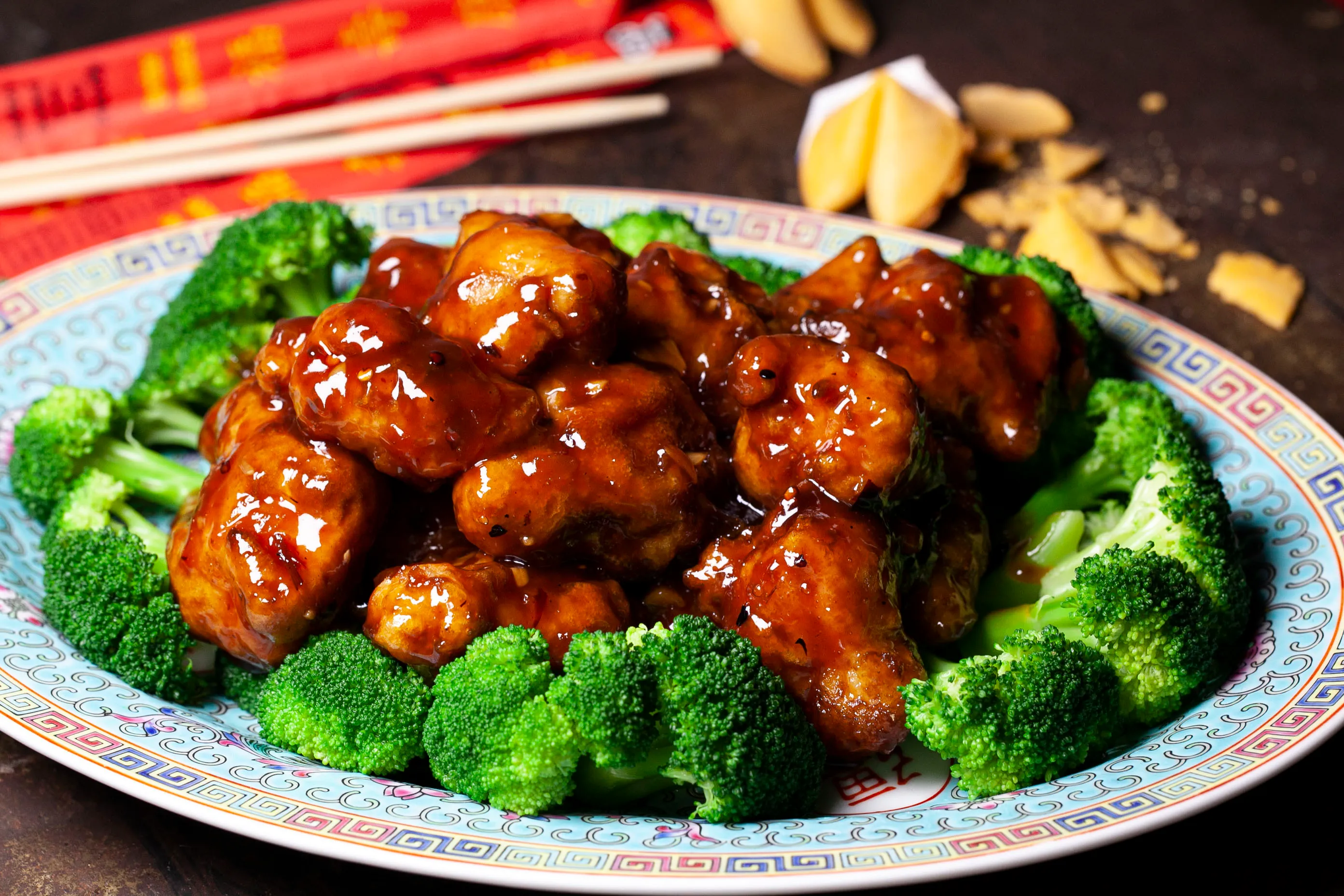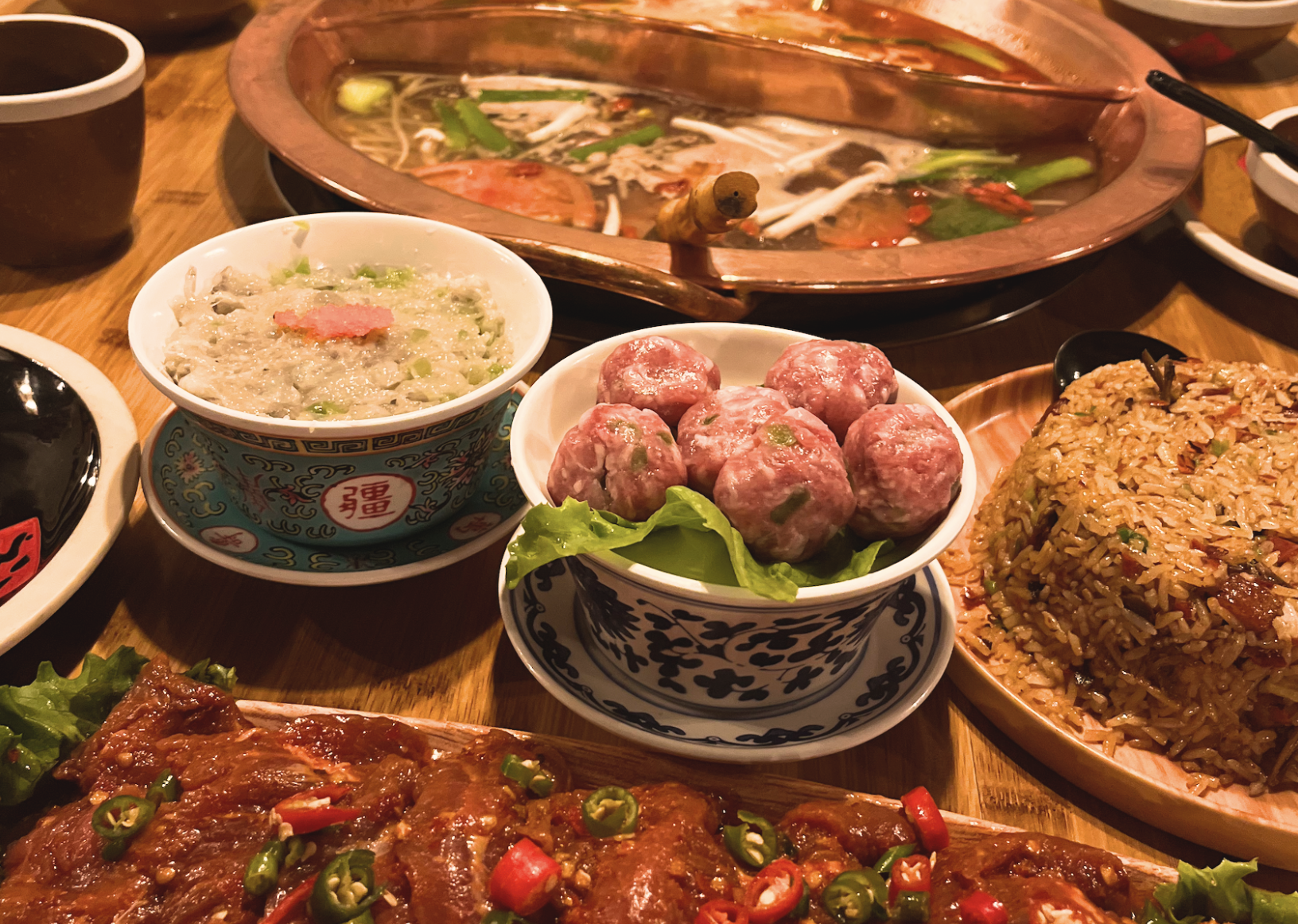Contemporary Chinese emigrants hail from all parts of the Chinese mainland, from the nation’s famously frigid Northeast to its capital, Beijing, its far West, and its deep Southwest. However, when talking about the origins of the Chinese diaspora, particularly from a historical standpoint, the Chinese provinces of Guangdong and Fujian dominate the conversation.
Hong Kong and Guangzhou tend to get the bulk of attention when discussing the ancestral home bases of Chinese folks living abroad. Still, these cities — while unquestionably influential and important — fail to paint a complete picture. So RADII is thrilled to introduce four incredible destinations that have played, and continue to play, an oversized role in the continuously evolving story of overseas Chinese communities.
1. Kaiping, Guangdong

Largely unknown to many Westerners, Kaiping is a hugely significant city to many members of the Chinese diaspora. The area’s importance lies in its architectural legacy, which reflects historical migration patterns, cultural exchange, and the bold ambitions of Chinese immigrants who ventured abroad in search of better economic prospects during the late 19th and early 20th centuries.
Lesser known in the West than many other Chinese cultural and historical hot spots, Kaiping deserves recognition for its distinctive architectural heritage. While the area’s reasonably well-preserved traditional villages are noteworthy, the real highlight is undoubtedly its diaolou, fortified concrete towers that can stand as tall as nine stories.
Diaolou come in three forms: fortified residences for wealthy families, communal towers shared amongst families in emergencies, and your run-of-the-mill watchtowers. These structures originated as early as the 1500s as a response to various societal and environmental challenges, such as frequent floods, widespread banditry, and ethnic conflict.
Kaiping is the ancestral home of numerous overseas Chinese people from Guangdong who migrated to the United States, Canada, and other international destinations in the tumultuous late 19th century. Economic prosperity in North America enabled these immigrants to return to China with fat pockets, allowing them to construct opulent diaolou to dwell in. These returnees incorporated exotic elements acquired during their time abroad into the design of their towering, one-of-a-kind homes — many of which can be explored today.
In 2007, four groups of diaolou and 20 of the most iconic towers were inscribed on the UNESCO World Heritage list of cultural heritage sites. Kaiping is one of only two UNESCO sites in Guangdong province.
2. Taishan, Guangdong

Located less than an hour’s drive from Kaiping, Taishan may lack its neighbor’s abundance of diaolou, but the city is important for its role as the ancestral home of many influential members of the Chinese diaspora. Notable individuals with Taishanese ancestry include the members of iconic Hong Kong pop-rock band Beyond, actor Donnie Yen of Ip Man and Star Wars fame, former Governor General of Canada Adrienne Clarkson, groundbreaking Hollywood star Anna May Wong, and former Governor of Washington and USA Ambassador to China Gary Locke.
Home to around 900,000 people according to 2020 census data, Taishan has made a considerable contribution to the overseas Chinese community, with 1.3 million Taishanese people living in Hong Kong and other regions outside the Chinese mainland, according to a 2007 article from the Los Angeles Times. The same article states that estimates peg the number of Chinese Americans with Taishanese ancestry at half a million.
My China Roots, a firm dedicated to helping Chinese people around the globe learn more about their ancestry, notes that significant destinations for Taishanese emigrants have been the U.S., Canada, Australia, Malaysia, Singapore, Vietnam, Mexico and Peru. Historically, migrants left Taishan in the late 19th century due to the same challenges that triggered migration from Kaiping: natural disasters and violence.
Apart from its reputation for churning out prominent people, Taishan is known for its mountainous landscape, stunning coastline and sub-tropical islands, and claypot eel rice — the city’s most-celebrated local dish. In addition to the area’s scenic offerings and architectural history, visitors today can enjoy the KTV venues, bars, and hot-spring spas that have cropped up to cater to overseas Chinese visitors and other tourists.
3. Shunde, Guangdong

Perhaps one of the best-known places on this list, Shunde, a district in the city of Foshan located next to Guangzhou, boasts enough claims to fame to fill a novel. And while there isn’t enough space here to do them all justice, here goes:
First things first, Shunde’s Jun’an town is the ancestral home of one of the best-known Chinese Americans of all time: world-famous martial artist and actor Bruce Lee. Lee’s 51.8-square-meter ancestral home is now a popular tourist attraction in the area.
Shunde’s other notable cultural attributes include its role in creating Cantonese cuisine and opera, along with its passion for dragon boating. Shunde’s culinary offerings are of particular note, and many world-class chefs in major metropolises such as Guangzhou and Hong Kong will enthusiastically attribute the origins of their recipes to the district. Iconic dishes included double-skin milk, steamed grass carp, and “Shunde sashimi,” the latter of which may have played a role in the development of Japan’s more famous raw fish dishes. The city was the sixth to be named a UNESCO “City of Gastronomy.”
It’s fair to assume that many visitors to Shunde today come for the area’s food and connection to global kung-fu culture, but there are other reasons to stop here. Shunde’s Qinghui Garden, initially laid out during the late Ming dynasty, is billed as one of Guangdong’s “four great gardens” and a popular tourist stop. Fengjian Water Town is also a top pick for visitors.
According to My China Roots, since the era of the renowned Ming dynasty explorer Zheng He, Shunde locals have hit the open road in search of new homes. Initially, their settlements were concentrated in South and Southeast Asia — India, Malaysia, Singapore, Vietnam, and Thailand. Subsequently, upheavals during the Qing dynasty compelled them to seek improved prospects in the U.S., Canada, and Australia.
4. Quanzhou, Fujian

Unlike the cities listed above, Quanzhou is in China’s Fujian province, not Guangdong. Rather than Cantonese, locals speak Hokkien, a language originating in Southern Fujian, precisely where Quanzhou is found. Today, Hokkien is spoken by members of the Chinese diaspora all over the world, but the language is particularly prevalent in Southeast Asia. Case in point: More than 60% of the Chinese population in the Malaysian state of Penang speak Hokkien, according to Penang Monthly.
Migrants from Quanzhou and their descendants have primarily settled in East and Southeast Asia, from Hong Kong and Taiwan, to Malaysia, Singapore, Indonesia, the Philippines, Thailand, and Cambodia. As a result of this migration, elements of Fujianese culture can be readily found in Southeast Asia. Wandering the streets of Bangkok today, it’s not difficult to find the same savory oyster omelets that are so popular in Quanzhou.
In addition to Quanzhou’s role as a cultural export point, the city has seen a considerable in-flow of foreign culture and ideas. It has been extensively studied for its religious diversity, with various foreign faiths finding favor among Quanzhou inhabitants since its founding over a millennia ago. It was visited early in its existence by Muslim traders and explorers, and as a result, Islam took root in the city. Today, visitors can find tombs adorned with Arabic calligraphy and the remains of ancient mosques.
Christianity and an ancient, now-extinct Iranian religion known as Manichaeism also found followers in the city. Perhaps unexpectedly, Quanzhou is home to the world’s only extant Manichaean temple and statue of the religion’s founder.
Visitors to Quanzhou today, both holidayers and those seeking to reconnect to their heritage in the area, can head to no shortage of ancient temples, statues, and museums, as well as the city’s stunning beaches (well, by the standards of the Chinese mainland, anyway).
Editor’s note: RADII’s founder Brian Wong is an investor in My China Roots.
Banner image by Haedi Yue.
















